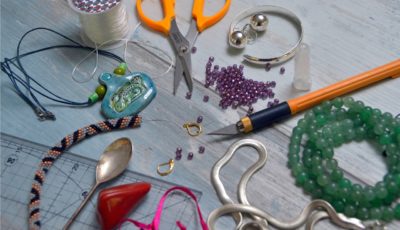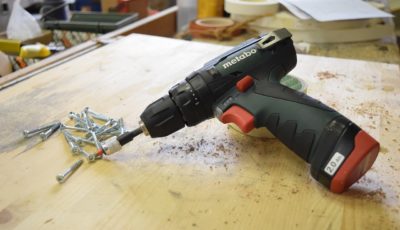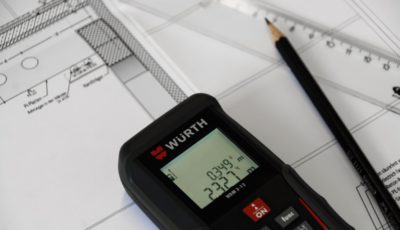Garden Interior: The Guide to Electric Wood Processing Instruments
A Garden is a place where you can truly unleash your creativity and implement a variety of brave ideas to make your yard look beautiful and unique. If you want to do interior garden works by yourself, you should know that usage of classic tools can rarely be justified in 21 century. Of course, you will need some of them, but not for those time-taking jobs. Electro Garden Tools experts recommend you look for professional electric tools to achieve better quality in less time. Here are the essential instruments you need.
Track Saws
The market offers a wide range of track saws for any purpose. Such brands as Makita, Festool, DeWalt, Triton, and some others make superior-quality tools. However, you should know the essential elements to look for while shopping. Already know them? Check out this detailed track saw reviews.

Here’s what to look for:
- RPM range – this characteristic shows how many revolutions per minute can a saw make. Most professional models let you adjust the RPM from 3,000 to 5,000, which makes them suitable for cutting different materials.
- Bevel capacity – this defines the ability of the device to make angled cuts. Look for models that have angle range from -1° to 48°.
- Cord length – of course, you can buy an extension cord if you lack cable length, but it’s much wiser to order a saw with a cord that’s already long enough for your purposes.
- Power – some wood types require significantly higher cutting abilities than average ones. We recommend you 12-13 AMP motors for dealing with hardwood and even thicker materials if needed.
- Track length – it depends on the length of cuts you are going to make. Fortunately, the length can be extended with an extra part.
- Blade – you can either get a steel blade that’s easy to sharpen or a carbide-tipped one which is much more durable but more expensive as well. The diameter should be at least 3 times bigger than the thickness of cuts you need to make.
Jigsaw Tool
Jigsaw is an essential power tool for making curved cuts and tiny cuts on average and relatively thin materials, such as plywood, particleboard, and others. Choosing this tool for your works, you should look for such characteristics as:
- Orbital action – this type of jigsaws provides smoother cuts than standard-action models and minimizes the wear of your blade.
- Speeds – variable speeds are usually available on high-end jigsaws and let you make curved cuts of greater difficulty as well as cut metals with higher precision due to the ability to use lower-speed action.
- Power – we recommend you look for 6.5-AMP and 7-AMP models.
- Cutting depth – most models can cut up to 2” on wood, which is enough for the vast majority of applications.
- Cord/battery – buying your first jigsaw, give preference to a corded one as they’re usually more powerful.
- Laser guide – this feature will make it a lot easier to make straight cuts as jigsaws are usually prone to twisting.
- Dust blower – this one isn’t necessary but will make the cutting path clearer for easier cuts.
- Shoe bevel – avoid aluminum shoes and take only those that are made of cast steel and let you adjust the angle for bevel cuts.

Screwdriving Drill
Well, you can get a screwdriver and a drill separately, but you will definitely need both for woodworks, so why not get a 2-in-1 tool? If your project requires more drilling than screw driving, this is the best option. If not, get two separate tools. The best solution is to take a drill with a screwdriver mode and a battery-powered screwdriver for lighter tasks. Here are the features to look for if you need the first one:
- Speed controller – you should be able to set low torque to screw smoothly;
- Reverse – how would you unscrew bolts if you don’t have a reverse action feature?
- High peak speed – drilling tasks usually require high momentum;
- Weight – a combined solution should be as light as possible to let you avoid fatigue. Unfortunately, lightweight models are rarely powerful enough.
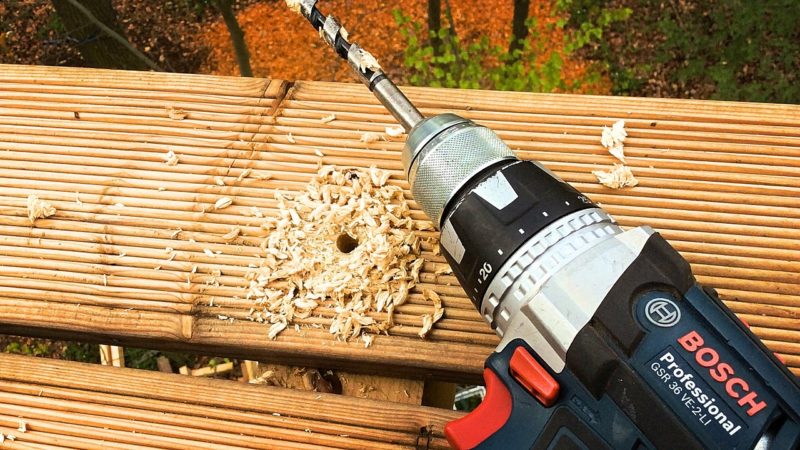
Extra Tools: Electric & Non-Electric
Those were the essentials, but you may also need a lot of other tools to be able to tackle a wider range of tasks. Even the most universal tools have limitations! Here is a list of tools that may help you with your woodwork projects:
- Workbench – this table with extra equipment (thumbscrews, pliers, clamps, etc.) will help you to solve a variety of tasks.
- Sandpaper – this expendable item is very useful for finishing works, especially in hard-to-reach places.
- Grinding tool – this one is essential for quick finishing of large pieces of wood;
- Ruler, tape measure, carpentry pencil – your measurements should be precise.
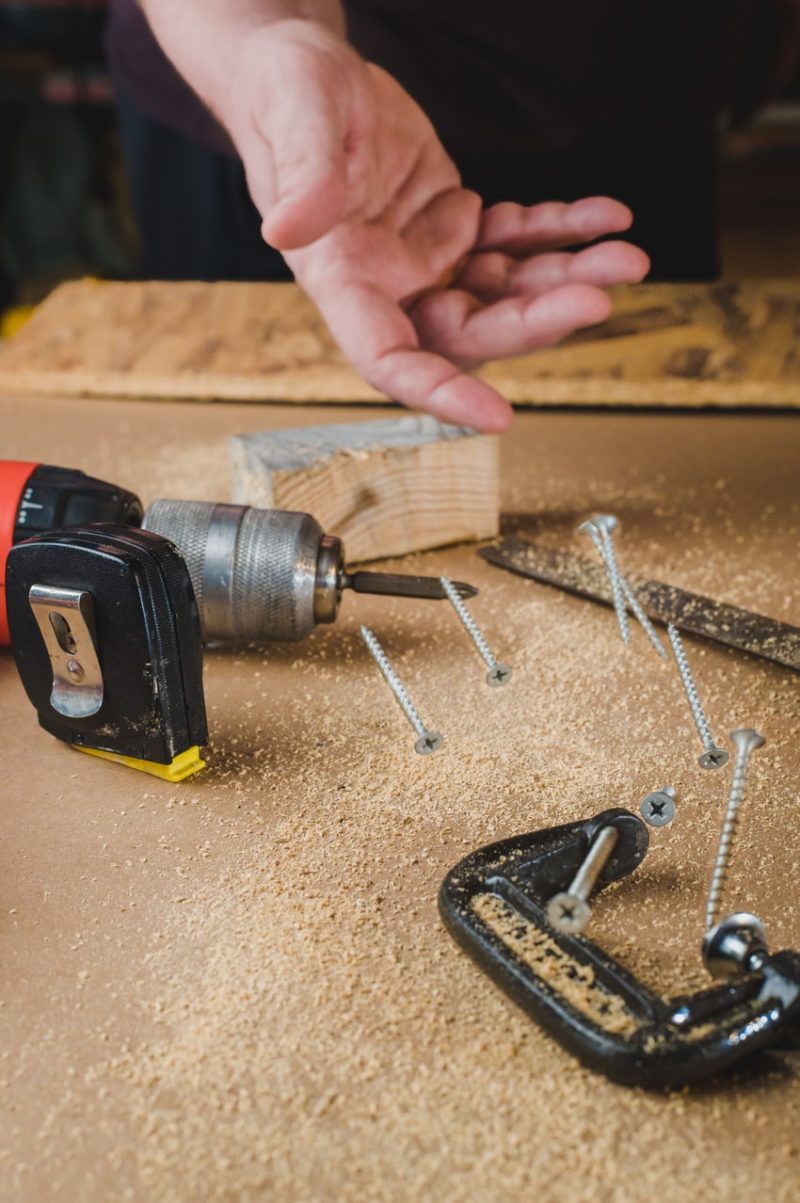
Get Ready to Work!
Now you know which essential equipment you need to perform high-quality woodworks for your garden interior. Select wisely and stick to safety rules to achieve the results you dream about. For more tips and reviews, visit electrogardentools.com.

